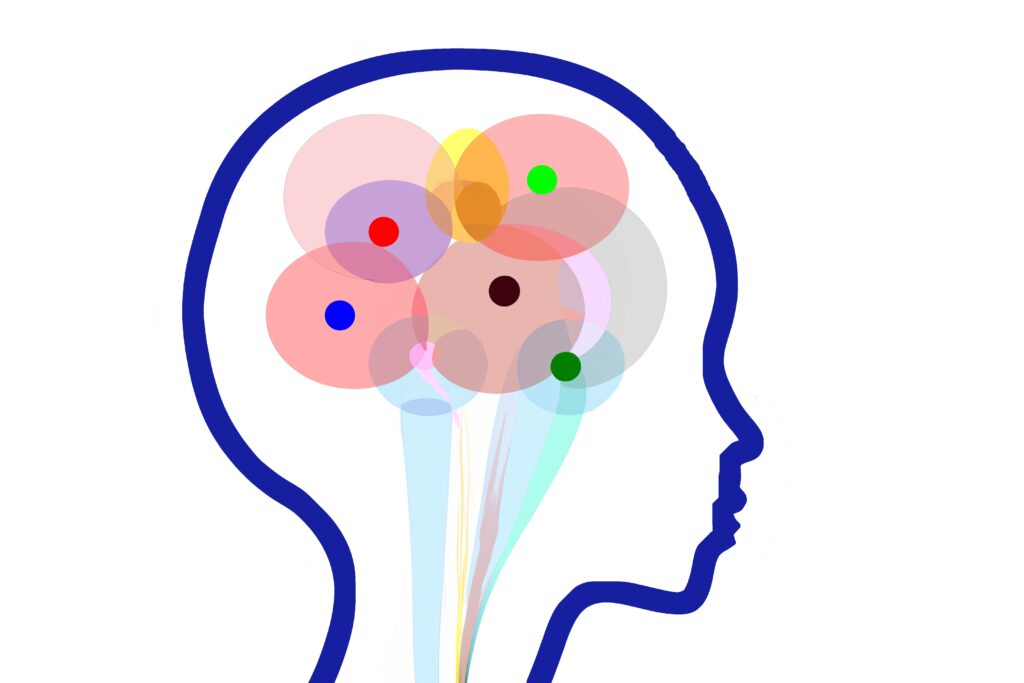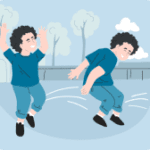The prevalence of SPD among individuals with autism has previously led to assumptions that SPD was a mere facet of autism spectrum disorder. Studies indicate that a significant proportion of people with autism — between 90–95% — experience some form of sensory processing difficulty. Nonetheless, this does not mean that all people with SPD are on the autism spectrum. In fact, statistical insights suggest that as many as 1 in 6 children exhibit SPD features that significantly interfere with their daily lives, yet most of these children do not meet the diagnostic criteria for autism.
Research conducted by the University of California, San Francisco, further distinguishes SPD from autism by revealing variances in brain connectivity. Significant differences were noted in the neural pathways of boys with SPD compared to those with autism. This finding highlights the neurological uniqueness of SPD, suggesting that it involves specific brain structure disconnections, not necessarily present in autism cases.
The medical community remains divided over whether SPD should be formally recognized as a separate diagnosis or considered a symptom observed in conjunction with other disorders like ADHD or anxiety disorders. For those directly affected by SPD, however, resolving this debate holds less immediate significance compared to recognizing the disorder’s impact and seeking appropriate interventions. Acknowledging SPD’s singular challenges equips individuals and caregivers with the necessary awareness to pursue effective therapies, much needed to improve quality of life.
Ultimately, understanding SPD as a distinct entity promises better-targeted treatments and opens pathways for further investigation into how varying sensory experiences shape our interaction with the world. As awareness and research continue to grow, individuals affected by SPD can find solace in the progressive development of supportive strategies tailored to their sensory needs.













 Speech Therapy
Speech Therapy Physical Therapy
Physical Therapy Occupational Therapy
Occupational Therapy

